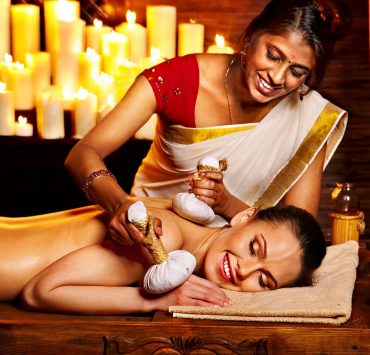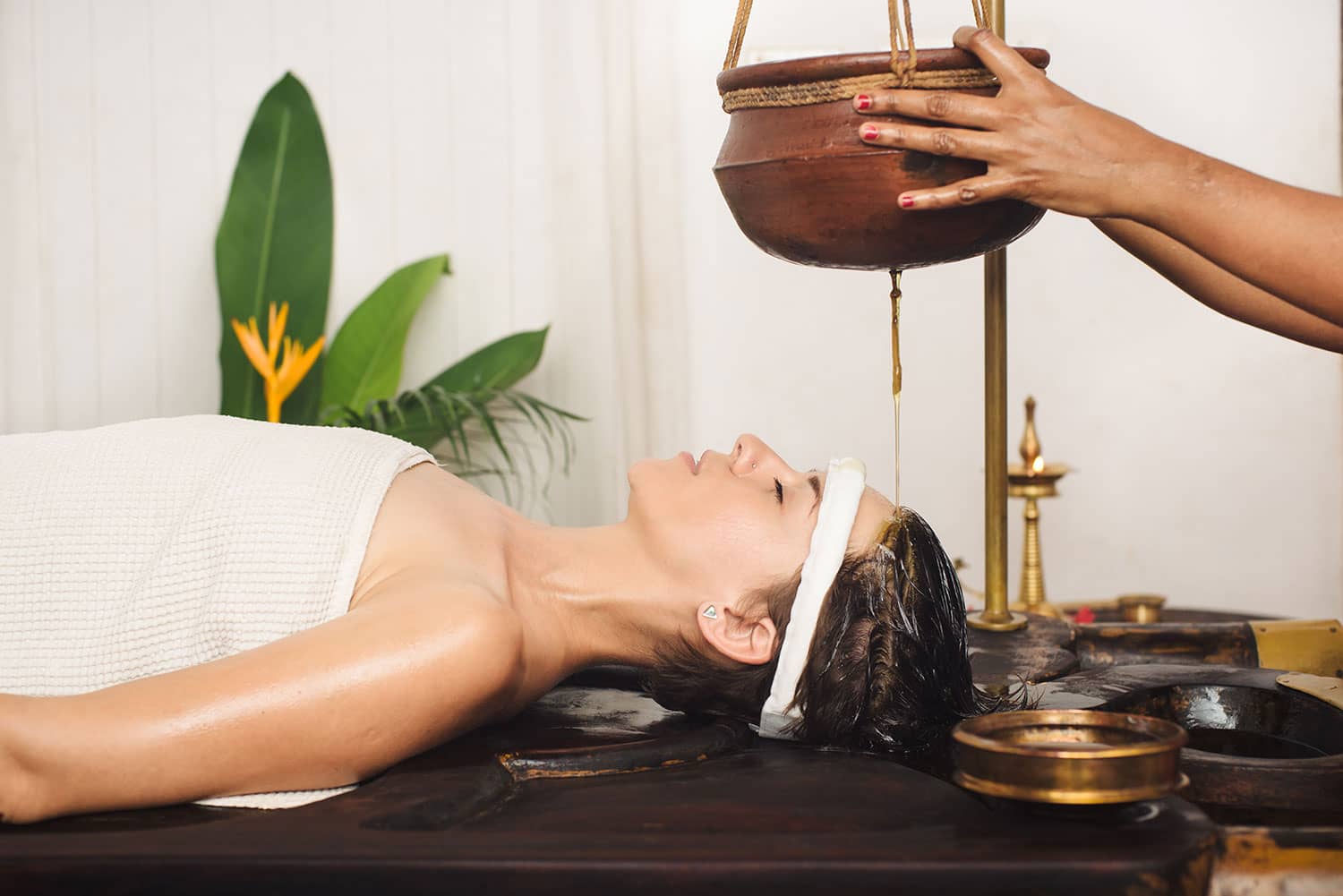
Lauren Howard holds a master certification in reiki, or energy…
Our world is subject to constant change and because of that inconsistency, sometimes our bodies are in overdrive trying to keep up. When this happens, we may experience times where our minds seem foggy or the body feels fatigued. Luckily, there are ways we can press re-start, with an ayurvedic cleanse.
An Ayurvedic cleanse is powerful as its roots are deep within Ayurvedic medicine. A practice that helps to restore the body and bring balance from within while encouraging nourishment to the body. Interested? Keep reading to see how this Ayurvedic practice can help to bring your body to a reset.
What Is Panchakarma?

Panchakarma is a term that is synonymous with an ayurvedic cleanse as it represents the cleanse in its entirety. Panchakarma is to complete when the body feels weighed-down. This feeling, known in Ayurveda as “Ama“, is due to the toxic by-products. These byproducts could be a consequence of negative experiences or emotions or undigested food in the body. These consequences result in negative symptoms in our waking, conscious life, for instance;
- Irritability
- Fatigue
- Body and muscle aches
- skin issues; acne and dry skin
- fluctuation of weight
- Cravings and digestive issues
- Feeling unbalanced or ‘foggy’
Panchakarma is often performed three times a year and coincides with the seasons. This is because the external surroundings influence our internal environment. As the seasons change, our bodies may develop the above symptoms and may yearn for a re-set. Times like these are when we should consider panchakarma to allow our bodies time to balance.
Why Is Panchakarma Important?
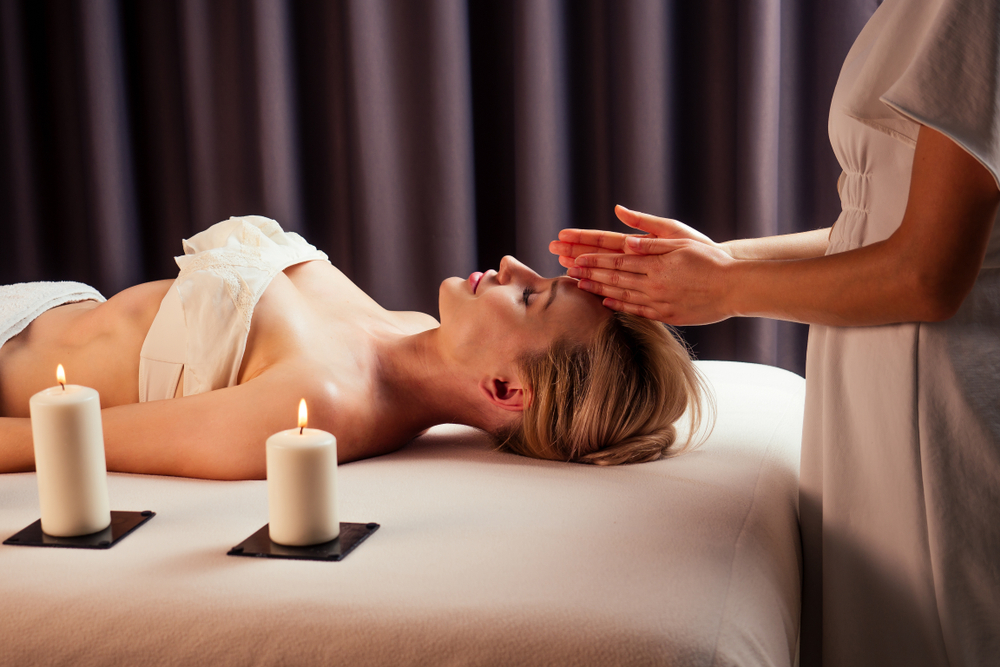
According to Ayurvedic medicine, bringing order to the body from within is a state of our health and well-being. Panchakarma in Sanskrit translates to “five therapies”. To achieve this balance we must help our ‘agni‘ or our digestion feel balanced. As there are varieties of body types, ayurvedic medicine identifies three types of constitutions.
These three types of constitutions generally align behaviors and symptoms to an individual. Once an individual identifies which constitution suits them the most, this serves as a guide to help predict what will work well with their body. This comes from our external but most importantly our internal environment.
Once addressing the needs of our ‘agni’ and constitution, we can then focus on aligning, our mind and consciousness. When bringing everything together, we can work to restore our bodies and feel rejuvenated and refreshed. The full treatment can take anywhere from 1 to 3 weeks. This time is necessary to complete all five therapies in their entirety.
Purvakarma or Pre-purification
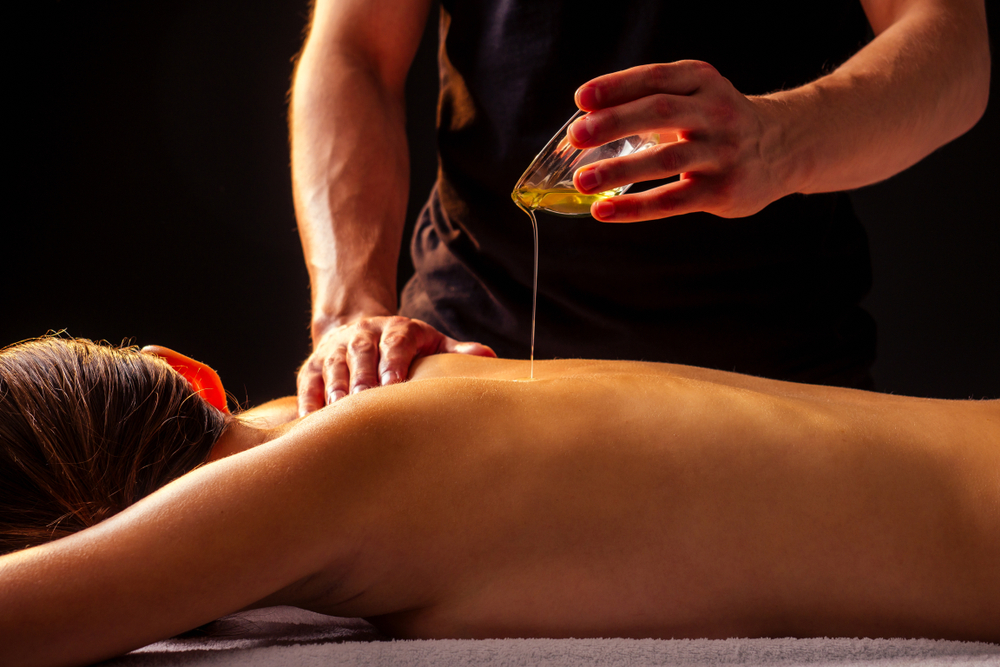
Before getting started in panchakarma, it’s good to prepare your body for the change. There are two ways traditionally to do this; first snehan and then svedana. Snehan refers to an oil massage that prepares the body by encouraging toxins to move to our gastrointestinal tract. Perform an oil massage anywhere from a few days to an entire week before starting panchakarma.
For Svedana, this refers to the purification of the body through sweating. After the completion of snehan, Svedana will begin immediately after. Sweating helps to cut toxins and loosen their tight bond to us. You may also add herbs to help encourage movement into the gastrointestinal tract.
After the completion of both, the individual then will begin. The method an individual does this depends on their dosha or constitution or based on a symptom or condition.
Typical Day In Panchakarma
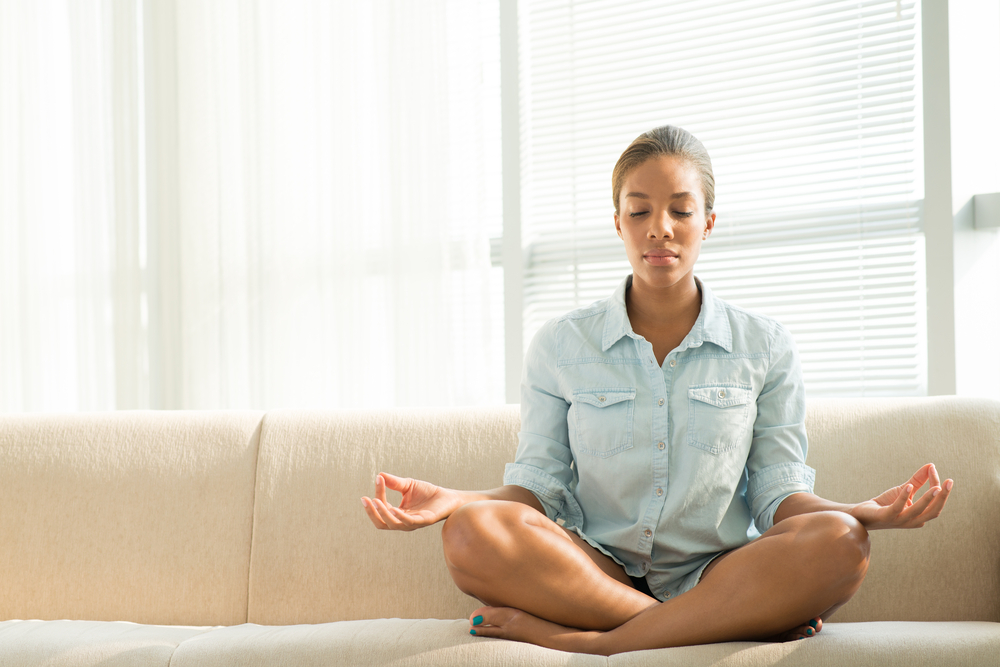
Our personalities vary like our doshas. We have experiences that are personal to our circumstances and the individual results. The same is true for an individual in Panchakarma. An ayurvedic physician will be happy to determine a plan that will best suit your specific needs.
What the doctor may prescribe to you is far from what the average person would think. An average day in Panchakarma may start with practicing meditation and yoga in the morning. Drinking a cup of tea that is specific to your individual dosha. These teas range in benefits and spices. After this, the first treatment will begin, an oil-massage performed at the scalp, stomach, or back.
Kitchari is an ayurvedic meal that consists of lentils, rice, and herbs that help our bodies detoxify. After lunch, sit with yourself or meditate. Be alone without technology and be still within nature. Feel the world around you, take deep breaths, feet grounded in your surroundings. This encourages mental clarity, feeling rooted, and connected.
Next, another treatment commences such as an enema, followed by a light dinner. Typically more kitchari with vegetables. End the day with meditation and relaxation.
Panchakarma’s Restrictions On Diet

The diet that panchakarma encourages is what makes the experience so successful. That is because it illuminates some of our food addictions that we may now be aware of. This could be as simple as mindlessly eating, or reaching for something sweet after a meal. Some behaviors we do without thinking and this diet’s design is to help bring those to focus on. Not to punish us, but to show what could be upsetting, or throwing our system, out of balance.
For instance, watching the foods that are too heavy for our system. That includes meats, bread, or sugars. On the latter, foods like salads are to be avoided as they may be too light. Panchakarma wants to find a balance between the two. And this of course, eliminates any processed food. It’s a strict diet of kitchari and medicinal herbs.
During the diet, avoid drinks such as coffee or juices. The only drink you can have during this diet is tea. This specific time is about healing the body and cleansing. Tea has healing herbs and spices to help contribute to that process.
The Five Traditional Therapies
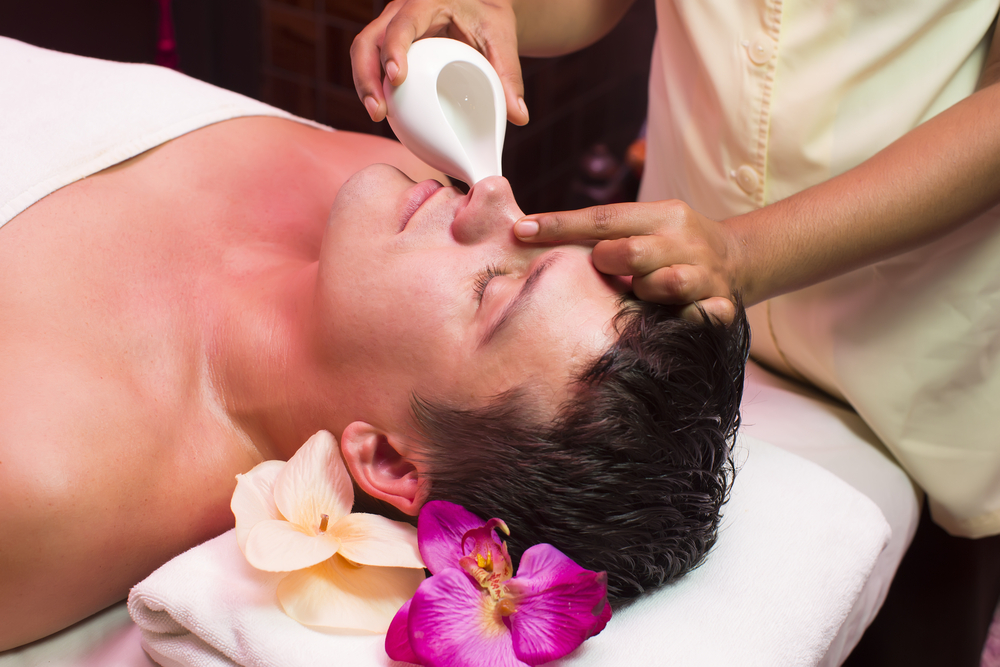
These five therapies are powerful for igniting a change in all systems of our body. Sometimes by practicing Panchakarma we are able to rid our body of stress and impurities that we’ve held on to for years. These toxicities can be in the form of physical ailments or conditions. This may also be negativity that of something we haven’t addressed.
Many who try Panchakarma for the first time have an unexpected experience. Where some people realize emotions they haven’t confronted. This is specifically the aim of panchakarma, to get access to all the channels of the body and cleanse from the inside out.
The five traditional ways of Panchakarma are;
- Basti – herbalized oil enemas.
- Nasya – Nasal irrigation
- Vamana – Therapeutic vomiting
- Virechana -Purgation
- Raktamokshana – Detoxification of blood
Though, some of these traditional therapies are difficult to perform when first getting started. Consider easing yourself into the process by three phases. In the first phase, consider your options in your schedule and how that influences your diet. What are your menu options and how can you bring well-rounded foods to your day-to-day in preparation for the second phase. Stay well-hydrated to cleanse your digestive tract. Bring movement to blood, and the lymphatic system by giving a self-massage.
The second phase is when the diet restriction of Kitchari kicks in. Kitchari in Ayurveda provides the optimal nutrients of any food. This is because it embodies the essential amount of carbohydrates, proteins, and fat. The fat component is due to Ghee. Ghee contains Omega 3 fatty acids, fat-soluble vitamins, and helps us to maintain a healthy intestinal wall.
Self-care is essential to the second phase. This is a time for meditation, yoga, and self-reflection. As it’s about a balance in the body as a whole, feeling grounded and connected to the world around us is necessary. Phase two helps us rid of the toxicities and cravings that seem difficult to tackle and pacifies them. This enables us time to focus on and confront issues with a clear and level understanding.
The final phase is about rejuvenating and gradually reintroducing ourselves back to our routines. This comes to food and to lifestyle. This is where we remember to continuously stay hydrated to keep rewarding our bodies. This phase also asks us to be conscious and mindful of what’s happening around us and within.
Is A Cleanse Right For Me?

As our bodies absorb and ingest different toxins because of our environment, anyone can enjoy a cleanse. Even in a planet where the pollutants that come to mind didn’t exist, we still would produce our own impurities. That’s why in Ayurvedic medicine, Panchakarma is a recurring practice. Here are some questions to answer to see if a cleanse is right for you.
- Tongue: Is there a thick layer of coating on my tongue? This layer can be a result of dead skin cells, debris, bacteria or a sign of inflammation.
- Fatigue: Is the day draining? Are you experiencing fatigue especially after a meal? This could be a result of an imbalance of hormones in the body.
- Body Aches: Are you having pain in your body for an unexplainable reason? Removing the toxins on your body and restricting the types of food you intake may show you more clearly what is irritating you from inside. Body aches or pain could be from a result of an allergy, sensitivity, or another underlying condition.
- Cravings: Do you give in to your cravings without a second thought? Does it seem uncontrollable? The impact of our foods may be undernourishing ourselves and helping us indulge in foods that give little back. Removing this stimulus with active, conscious, control will help us understand what to remove in our regular diets.
- Absent-Minded: Have you been forgetting things recently? Does your mind feel ‘foggy’? There are a large number of reasons someone experiences this. It could be from your external (or internal) environment and remains within you. Panchakarma can help release negativity and reset the physical body and mind.
- Gas & Odor: Do you notice you’ve been giving out a little odor? Do you have smelly breath or flatulence? This upset in your gastrointestinal tract may be a sign that your body is ready to release toxins. Flatulence and odor also are signs of underlying conditions that will improve with a change in diet.
- Abnormal Bowel Movements: Have you been experiencing abnormal changes in your bowel movements? Maybe, you’ve been experiencing a periodic change in bowel movements? Either case, there’s definitely something irritating going on from within and our digestive fire, our ‘Agni’, is asking for a reset.
We can introduce detoxification in our lives in various ways. Panchakarma doesn’t have to be the only avenue to bring rejuvenation and ease to the mind and body. There are several Ayurvedic therapies that you can perform in the comforts of your own home. These include therapies that mirror the above, like limiting your diet to kitchari for a period of time.
Allowing the body to reset and introducing food back gradually. You may benefit from detoxing from media or technology, or by incorporating meditation in the day. Although these detoxifications don’t feel like it, they are still small changes that better ourselves. A change that improves our emotions, our physical and mental well-being and contributes to more positive demeanor.
What's Your Reaction?
Lauren Howard holds a master certification in reiki, or energy healing, and has been practicing yoga for over 20 years. She began freelance writing as a means of spreading her truth and knowledge with a broader audience.







